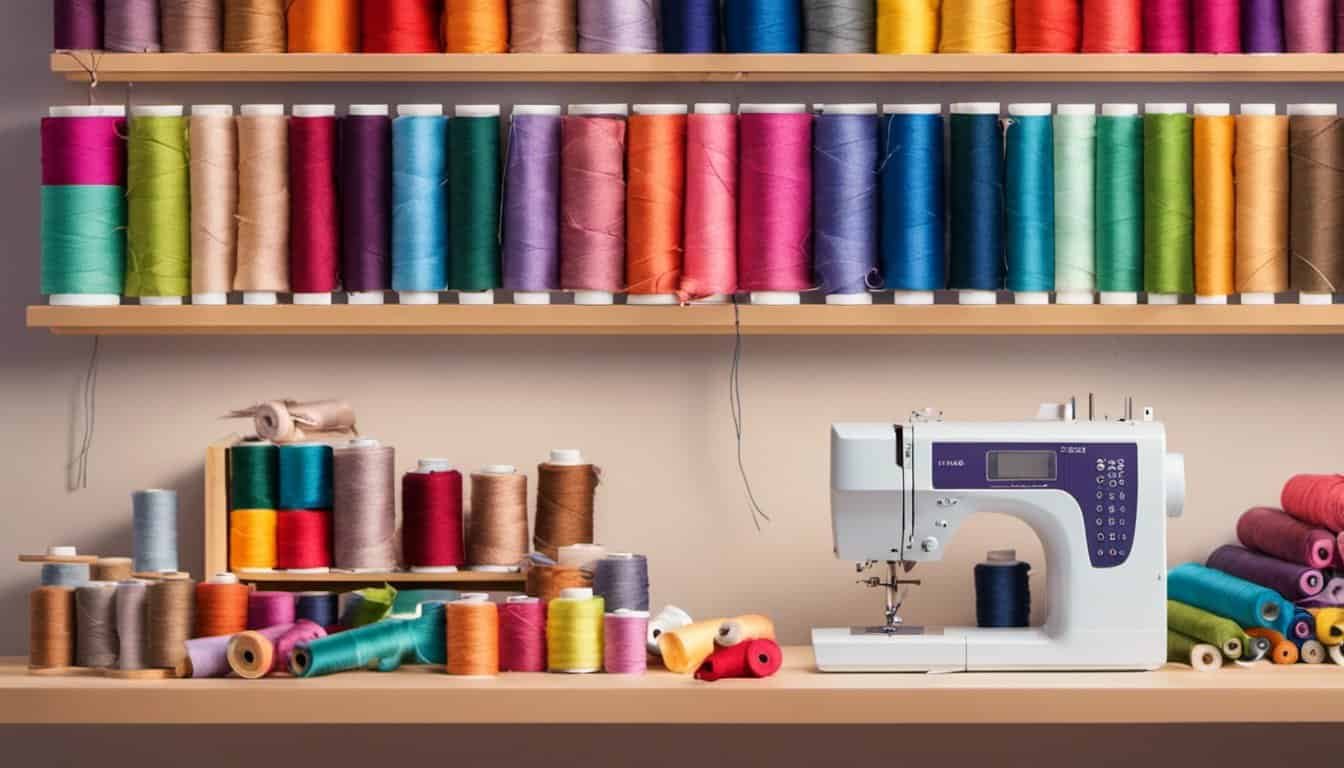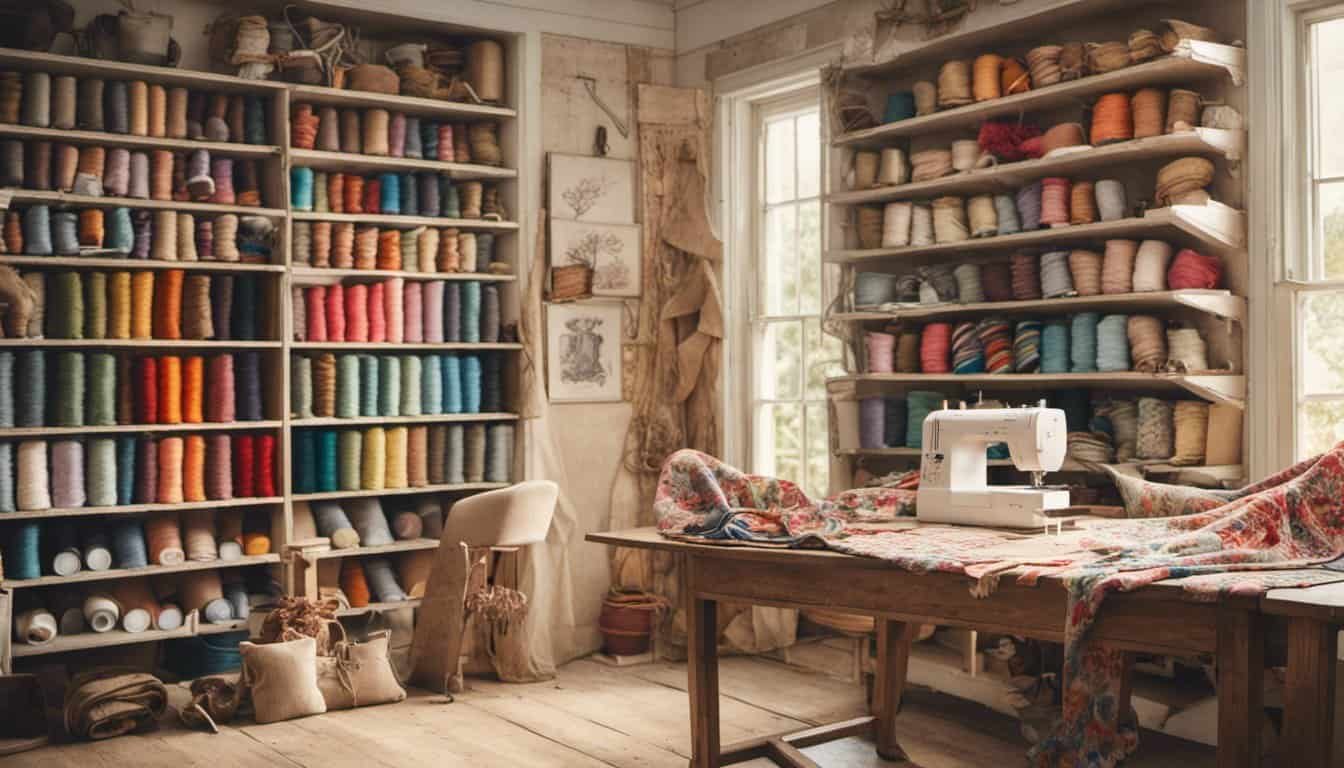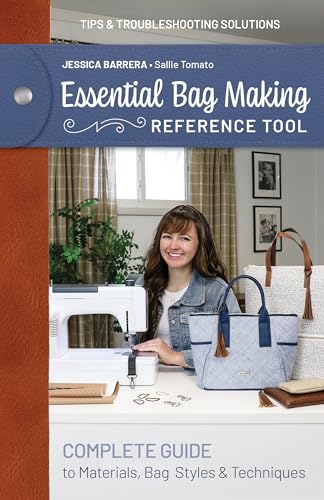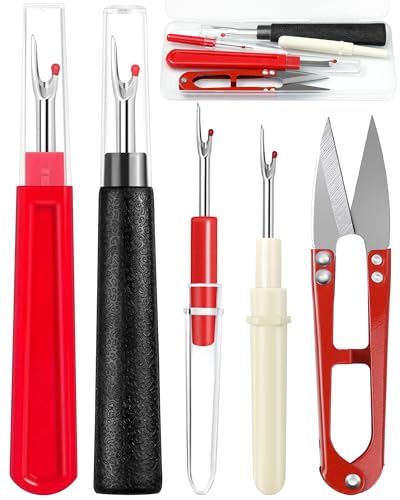I’ve always loved the charm of handmade items, especially when they’re both beautiful and practical. If you’re a book lover like me, you know the joy of having a special bookmark that feels as unique as the stories it saves your place in. That’s why sewing a fabric bookmark is such a fun and rewarding project—it’s simple, creative, and makes a perfect gift for yourself or a fellow reader.
Essential Materials And Tools
Gathering the right materials and tools ensures a smooth sewing experience. These items make crafting fabric bookmarks both fun and efficient.
Fabric Selection
Choose lightweight cotton or quilting fabric for easier sewing. Patterns like florals, geometric designs, or solid colors work well for creating visually appealing bookmarks. Use fabric scraps from previous projects to save material and reduce waste. Avoid fabrics like stretch knits or silks, which may fray or slide during sewing.
Basic Sewing Tools
Keep a sharp fabric scissor or rotary cutter handy for precise cutting. Use measuring tape or a clear ruler for accurate sizing, typically 2″ x 6″ for bookmarks. Ensure a functional sewing machine with a universal needle. Include straight pins or sewing clips for holding fabric layers together. Opt for high-quality all-purpose thread to achieve durable stitching.
Optional Decorative Items
Decorate with trims such as lace, rickrack, or pom-poms for added charm. Use embroidery floss for custom stitching, like monograms or small patterns. Press-on interfacing helps strengthen thin fabrics if needed. Add small tassels, beads, or buttons to create personalized designs that reflect the reader’s unique style.
Step-By-Step Instructions
Creating a fabric bookmark is a rewarding project that blends creativity and practicality. Follow these steps to craft your own unique bookmark.
Preparing The Fabric
Choose lightweight cotton or quilting fabric to prevent bulkiness. Wash and iron the fabric to remove creases and preshrink it, ensuring the final product looks polished. Work on a clean, flat surface to avoid introducing any wrinkles or debris to the fabric.
Cutting The Pieces
Measure and mark a 2×6-inch rectangle on the fabric for standard bookmark dimensions. Use sharp scissors or a rotary cutter for clean edges. Cut two identical pieces for the front and back. If adding interfacing for sturdiness, cut one matching piece in the same dimensions.
Assembling The Layers
Layer the two fabric pieces with their right sides facing each other, aligning all edges. Place the interfacing on top of one piece if you’re using it. Pin or clip the layers together to prevent shifting during sewing.
Stitching The Bookmark
Sew along the edges of the layered fabric using a 1/4-inch seam allowance, leaving a small 1.5-inch opening on one side. Trim the seam allowances slightly and clip the corners diagonally for sharper edges. Turn the fabric right side out through the opening, then gently poke out the corners with a blunt tool for a clean shape.
Adding Final Touches
Press the bookmark flat using an iron, ensuring the edges are crisp. Close the opening by hand-stitching or edge-stitching around the entire bookmark. For decoration, add embroidery, fabric trims, or small embellishments based on your style preferences.
Creative Decoration Ideas
Adding creative details makes fabric bookmarks unique and personal. With decorative techniques, simple bookmarks can become treasured items.
Embroidery Designs
Hand-stitching embroidery designs elevates a bookmark’s aesthetic. I recommend stitching simple motifs like flowers, leaves, or geometric patterns along the edges. Using contrasting thread colors enhances visibility and style. For custom touches, I embroider initials or meaningful quotes in small, neat fonts.
Adding Ribbons Or Tassels
Ribbons or tassels make bookmarks practical and stylish. I suggest attaching a thin ribbon to the top edge for an elegant touch. For tassels, I loop embroidery floss, secure it tightly, and stitch it at the bookmark’s end. Metallic or multi-colored threads work well, depending on the design theme.

Using Appliqués Or Patches
Fabric appliqués or patches add texture and color. I like to cut small shapes from patterned fabrics or felt, such as hearts, stars, or animals, and sew them onto the bookmark. Heat-adhesive patches are faster for those who want a quick option. They create bold accents when placed against neutral or solid backgrounds.
Benefits Of Handmade Fabric Bookmarks
Handmade fabric bookmarks combine functionality with creativity, making them a thoughtful choice for readers. These bookmarks offer multiple advantages beyond their practical use.
Durability And Personalization
Fabric bookmarks stand up to regular use better than paper alternatives. Sturdy materials like cotton or quilted fabric resist tearing and fraying, ensuring longer life. I can stitch the edges securely to reinforce the structure, making them perfect for avid readers.
Personal touches elevate these bookmarks from functional to meaningful. Adding embroidered initials, favorite designs, or themed patterns transforms each bookmark into a unique item. For example, a floral design could reflect springtime reads, while bold colors might match a book lover’s vibrant personality.
Eco-Friendly Crafting
Handmade fabric bookmarks support sustainable practices by reducing waste. Repurposing fabric scraps from previous sewing projects minimizes fabric disposal. Instead of discarding small pieces, I turn them into beautiful, usable bookmarks.
« How to Sew a Poncho for Fall Weather: Easy DIY Guide to Stay Stylish and Cozy This Season
DIY Sewing a Sleep Mask: A Quick Project for Personalized Relaxation and Better Sleep »
Using environmentally friendly embellishments, like natural ribbons or upcycled buttons, makes crafting even more eco-conscious. Sewing bookmarks at home also avoids plastic packaging associated with store-bought alternatives, supporting a greener, waste-conscious lifestyle.
Tips For Beginners
Sewing a fabric bookmark combines creativity with practicality, making it an ideal project for beginners. With a few tips, anyone can craft beautiful and functional bookmarks.
Common Mistakes To Avoid
- Skipping Fabric Preparation
Washing and ironing the fabric prevents shrinking later and ensures smooth stitching. Neglecting this step can cause uneven results.
- Using Dull Tools
Using sharp scissors and fresh sewing machine needles creates clean, precise cuts and stitches. Dull tools can ruin edges or cause uneven seams.
- Choosing the Wrong Fabric
Lightweight cotton or quilting fabric works best. Slippery or thick materials, like satin or denim, can be challenging to handle for beginners.

- Ignoring Seam Allowance
Measuring and sewing with a ¼-inch seam allowance keeps the layers aligned. Uneven allowances might cause the bookmark to look lopsided.
Enhancing Your Sewing Skills
- Practicing Straight Stitches
Straight stitches are critical for neat results. Practicing on scrap fabric builds confidence and consistency.
- Experimenting with Decorative Stitches
Many sewing machines include decorative stitch options. Testing these can personalize bookmarks while improving control over the machine.
- Mastering Small Projects
Tackling simple projects like bookmarks refines techniques without being overwhelming. Repetition perfects accuracy and speeds up the process.
- Watching Tutorials
Online tutorials and craft blogs provide visual guidance. Observing experts helps grasp methods faster and avoid errors.

Conclusion
Sewing a fabric bookmark is such a rewarding and creative experience. It’s a chance to combine practicality with personal flair while crafting something truly unique. Whether you’re making one for yourself or as a thoughtful gift, the process is as enjoyable as the result.
I hope this project inspires you to explore your creativity and maybe even use up some of those fabric scraps you’ve been saving. With a little practice and imagination, you’ll be creating beautiful bookmarks that any reader would treasure. Happy sewing!

















